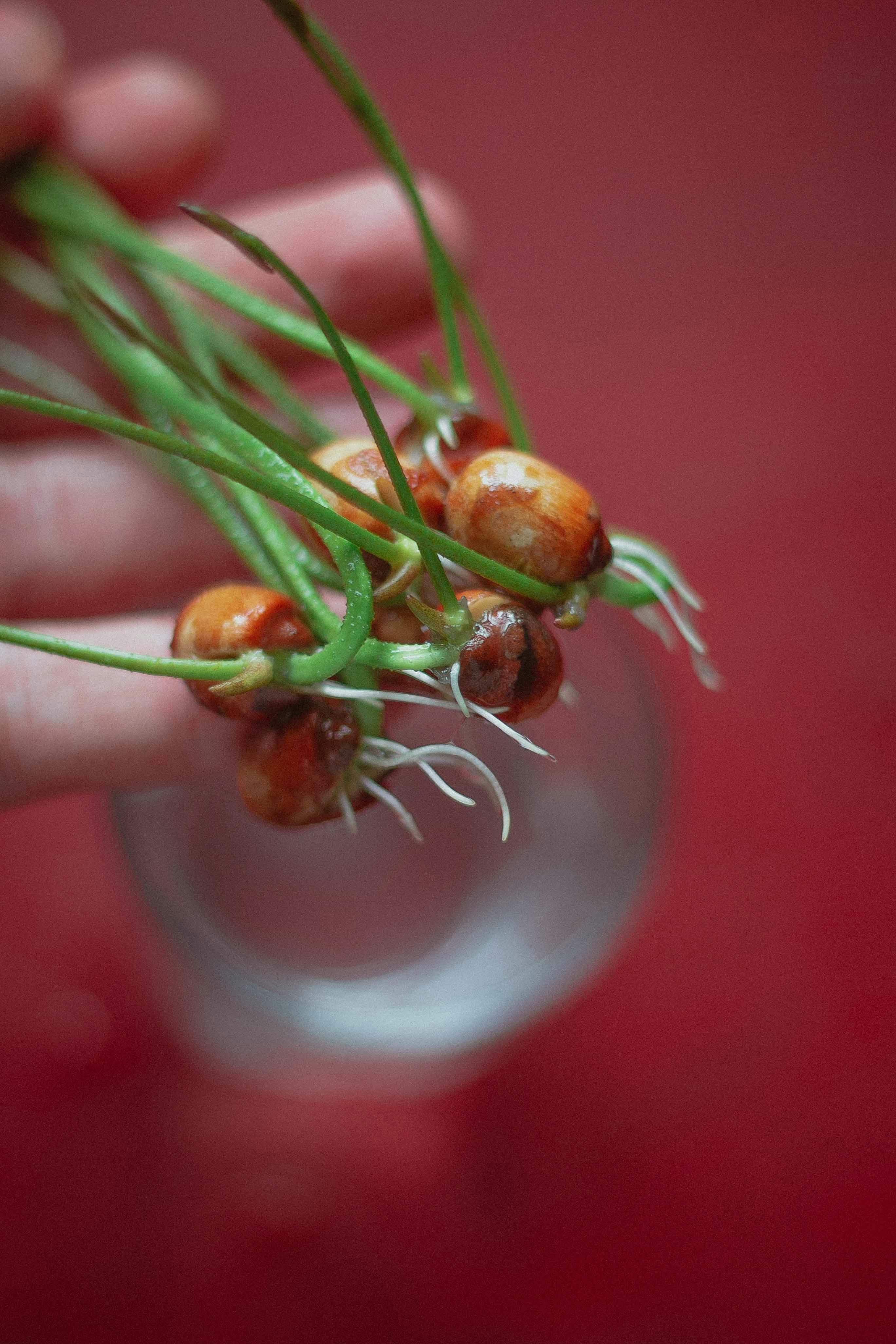Hydrogen Peroxide Benefits in Seed Germination

Strong 8k brings an ultra-HD IPTV experience to your living room and your pocket.
Seed germination is a critical phase in the life cycle of plants, influencing crop yield and quality. Various treatments have been explored to enhance germination rates and seedling vigor. One such treatment involves the use of hydrogen peroxide (H₂O₂), commonly known as oxygenated water. This article delves into the effects and benefits of using H₂O₂ in seed germination, examining optimal concentrations, mechanisms of action, and practical applications.
The Role of Hydrogen Peroxide in Seed Germination
Hydrogen peroxide serves multiple functions in the germination process:
Oxygen Supply: H₂O₂ decomposes to release oxygen, providing an aerobic environment conducive to germination. This is particularly beneficial for seeds requiring high oxygen levels.
Antimicrobial Agent: It acts as a disinfectant, eliminating pathogens on seed surfaces, thus reducing the risk of infections that can impede germination.
Signaling Molecule: At appropriate concentrations, H₂O₂ functions as a signaling molecule, modulating physiological processes essential for germination.
Optimal Concentrations for Seed Treatment
The effectiveness of H₂O₂ is concentration-dependent, varying across plant species:
Pea Seeds (Pisum sativum): Research indicates that soaking pea seeds in a 20 mM H₂O₂ solution significantly enhances germination rates and seedling growth. Concentrations above 20 mM may lead to abnormal radicle development and reduced germination rates.
Corn Seeds : A study found that a 1% H₂O₂ solution (approximately 294 mM) was optimal for germinating corn seeds, resulting in the highest germination rates and reduced microbial contamination. Higher concentrations (3-10%) adversely affected germination and seedling survival.
General Recommendation: For a broad range of seeds, soaking in a solution made by diluting 1 ounce of 3% food-grade H₂O₂ in 1 pint of water is suggested. Soaking duration varies from 2 to 24 hours, depending on seed coat thickness.
Mechanisms Enhancing Germination
H₂O₂ influences germination through several mechanisms:
Breaking Dormancy: Reactive oxygen species (ROS) like H₂O₂ can break seed dormancy by modifying the seed coat and activating metabolic pathways necessary for germination.
Antioxidant System Modulation: H₂O₂ treatment affects the seed's antioxidant systems, leading to an accumulation of oxidized ascorbate and a decrease in reduced glutathione. This shift influences enzymes such as ascorbate peroxidase and peroxidase, which are involved in seedling growth.
Hormonal Interactions: H₂O₂ impacts plant hormone levels, including abscisic acid (ABA), zeatin riboside, salicylic acid, and jasmonic acid. These hormonal changes correlate with enhanced seedling growth and development.
Practical Applications and Considerations
When utilizing H₂O₂ for seed germination:
Seed Type Specificity: Optimal H₂O₂ concentration and soaking duration vary among species. It's crucial to consult species-specific guidelines.
Concentration Control: Excessively high H₂O₂ concentrations can be detrimental, causing oxidative stress and inhibiting germination.
Safety Measures: Use food-grade H₂O₂ and handle with care to avoid skin irritation or other hazards.
Hydrogen peroxide is a versatile agent that, when used appropriately, can significantly enhance seed germination and seedling vigor. Its roles as an oxygen provider, antimicrobial agent, and signaling molecule make it valuable in agricultural practices. However, careful consideration of concentration and exposure time is essential to maximize benefits and minimize potential adverse effects. Further research into species-specific responses and mechanisms will continue to refine its application in seed germination protocols.
Hydrogen peroxide (H₂O₂) has emerged as a valuable tool in seed germination, offering a range of benefits that enhance plant growth. Its primary roles as an oxygen supplier, antimicrobial agent, and signaling molecule make it a versatile treatment for improving seedling vigor. By decomposing into oxygen, H₂O₂ ensures that seeds have access to the necessary aerated environment required for successful germination. Additionally, its disinfectant properties help reduce the risk of pathogen-related issues, which can hinder the germination process.
The concentration of H₂O₂ is critical in determining its effectiveness, as too high a concentration can lead to oxidative stress and damage to the seed. However, when used in optimal concentrations, it stimulates seed metabolic pathways, breaks dormancy, and modulates key hormonal levels that are crucial for seedling development. It is important to note that H₂O₂'s effects vary depending on the seed type, so customized treatment plans should be developed based on the specific needs of the plant.
Overall, hydrogen peroxide proves to be an effective, low-cost method for enhancing seed germination. However, it requires careful handling to ensure the right balance between its beneficial properties and potential negative effects. Continued research into the species-specific responses will help refine its application in agriculture.
Op.Dr. Arzatölye Takipçisatınal
Note: IndiBlogHub features both user-submitted and editorial content. We do not verify third-party contributions. Read our Disclaimer and Privacy Policyfor details.


